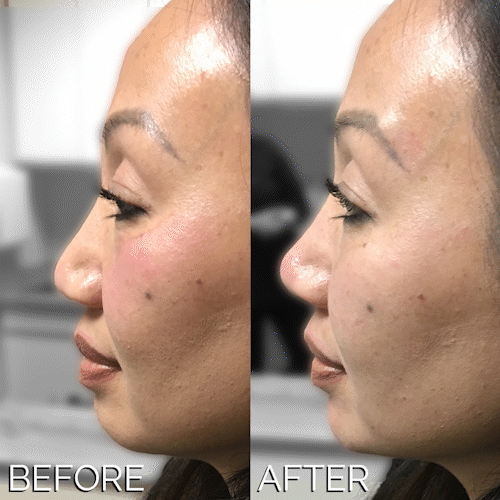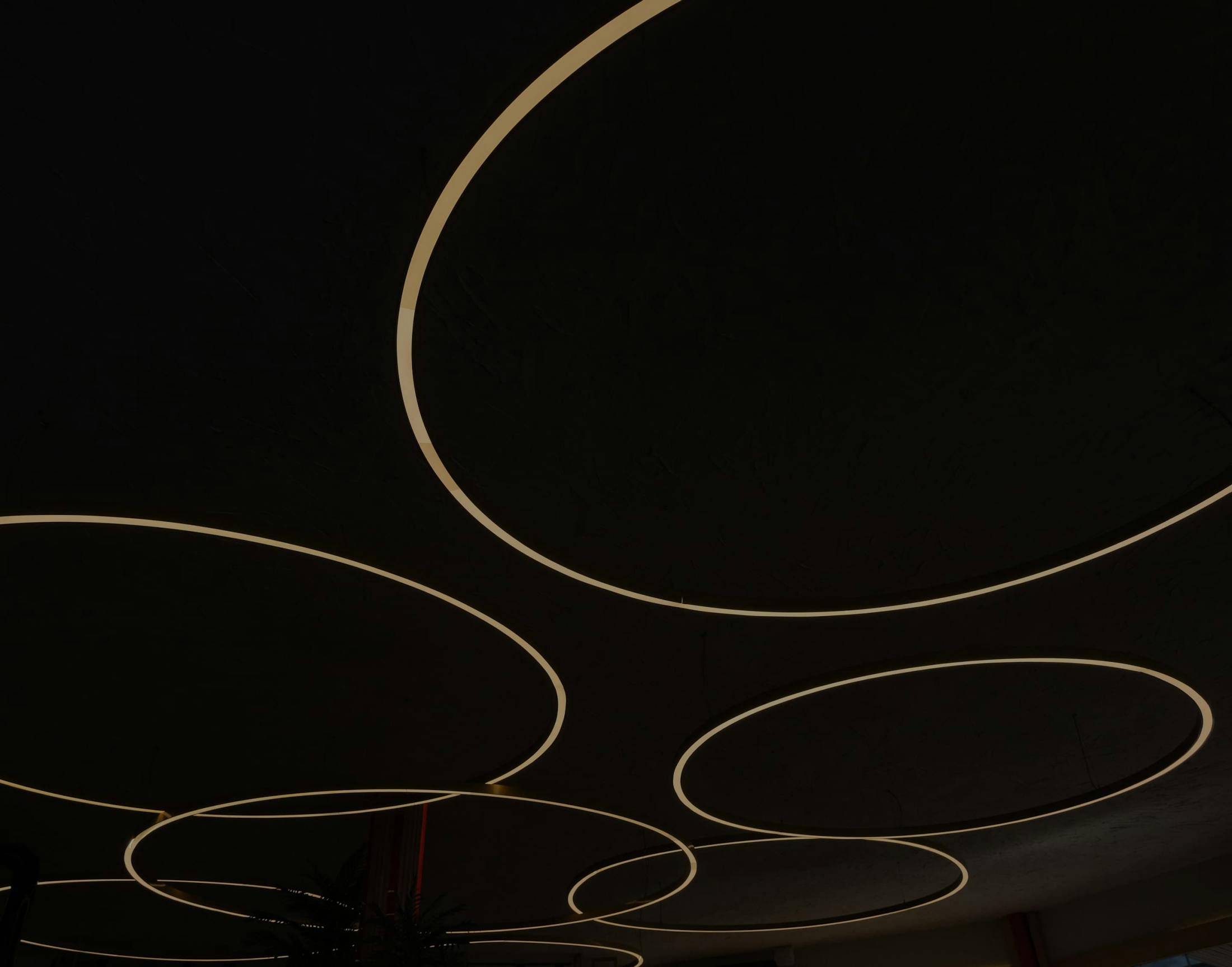According To Dr. Shah | Chicago, IL
So nonsurgical rhinoplasty is safer than a regular rhinoplasty?
Not really, there are different risks with both procedures. Nonsurgical rhinoplasty risks can be severe including blindness, nasal skin necrosis, permanent skin deformity. Surgical rhinoplasty risks can include scarring (although there are scarless versions of rhinoplasty), permanent reduction and changes to the nose which are irreversible, breathing issues,etc.
So both procedures are dangerous?
No, in trained and experienced hands nonsurgical and surgical rhinoplasty typically have a favorable risk profile.
So who should do nonsurgical rhinoplasty?
A physician experienced in both nasal anatomy (typically a facial plastic or plastic surgeon who performs rhinoplasty) AND with experience in injectable fillers. For example, Dr. Shah performs both procedures at a high level with extensive experience in both surgical and nonsurgical rhinoplasty with a background in facial plastics and a platinum level account on Allergan as well as a key opinion leader for several facial filler companies.
Can I reverse a nonsurgical rhinoplasty?
Yes, early on filler can be reversed with an enzyme called hyaluronidase. Some types of fillers are permanent or non reversible so beware of which type of filler is best for your nose.
So wouldn’t a permanent filler be a great idea for a nose?
Permanent filler in the nose can lead to permanent problems. If the filler integrates with the skin then removal of the filler is impossible. If the filler becomes infected it will likely be a lifelong problem for patients. For this reason we don’t recommend permanent filler in the nose.
How long does filler last in the nose?
Filler in the nose along the bridge lasts longer than many give it credit for. Much of the filler is slowly converted to collagen over time (verified by analysis of filler with biopsies at one year mark).
Can you use filler in revision rhinoplasty?
Yes, filler can be a good choice for revision patients with minor asymmetries to help improve them. Many slight asymmetries can be corrected without the cost and risk of revision rhinoplasty. Keep in mind, patients with desiring drastic changes either functionally or aesthetically might not be good candidates for nonsurgical revision rhinoplasty.
Are threads a good option in the nose?
PDO and PLLA threads can help stabilize the nose and bridge of the nose and in some cases help with the nasal tip. These threads are made of the same materials as sutures and last between 6 months and 2 years.
So a rhinoplasty has a scar and liquid rhinoplasty does not?
There are some types of rhinoplasty which have only internal scars so scarring so this is not true. Rhinoplasty allows for full changes both addition and subtraction of a variety of shapes and forms. Liquid rhinoplasty only allows for injection of a gel.
Why not just put an implant in my nose?
Because implants get infected at a rate of 1-20% and can lead to skin necrosis when they do. Dissolvable filler has a much higher safety profile and is reversible.










